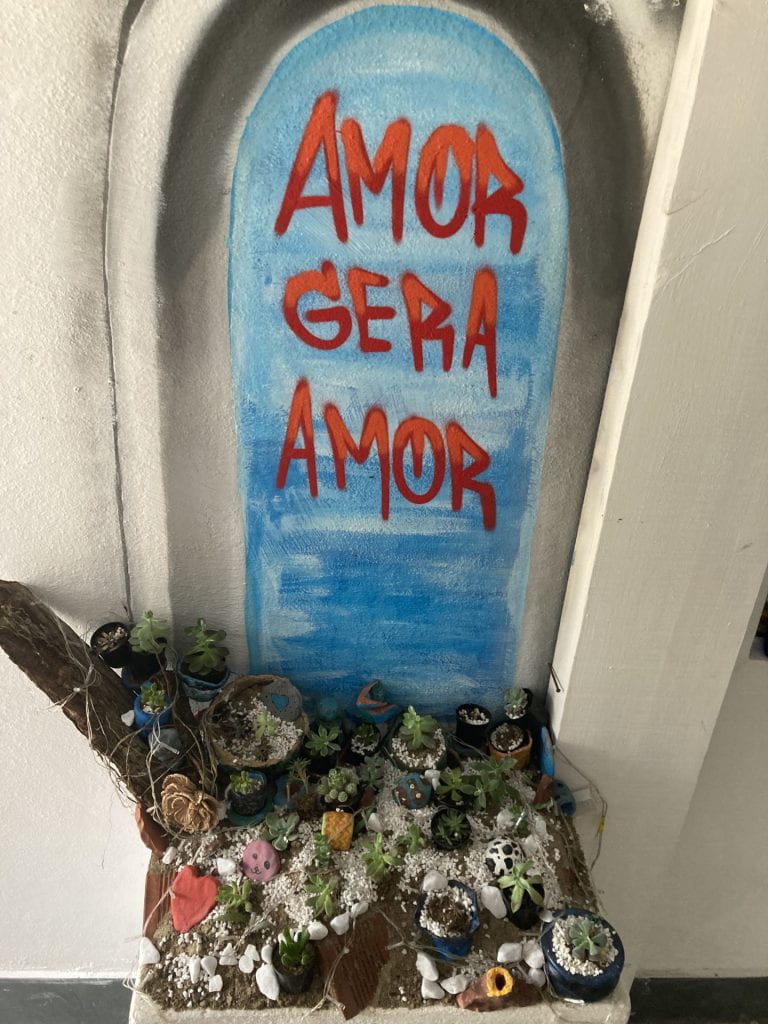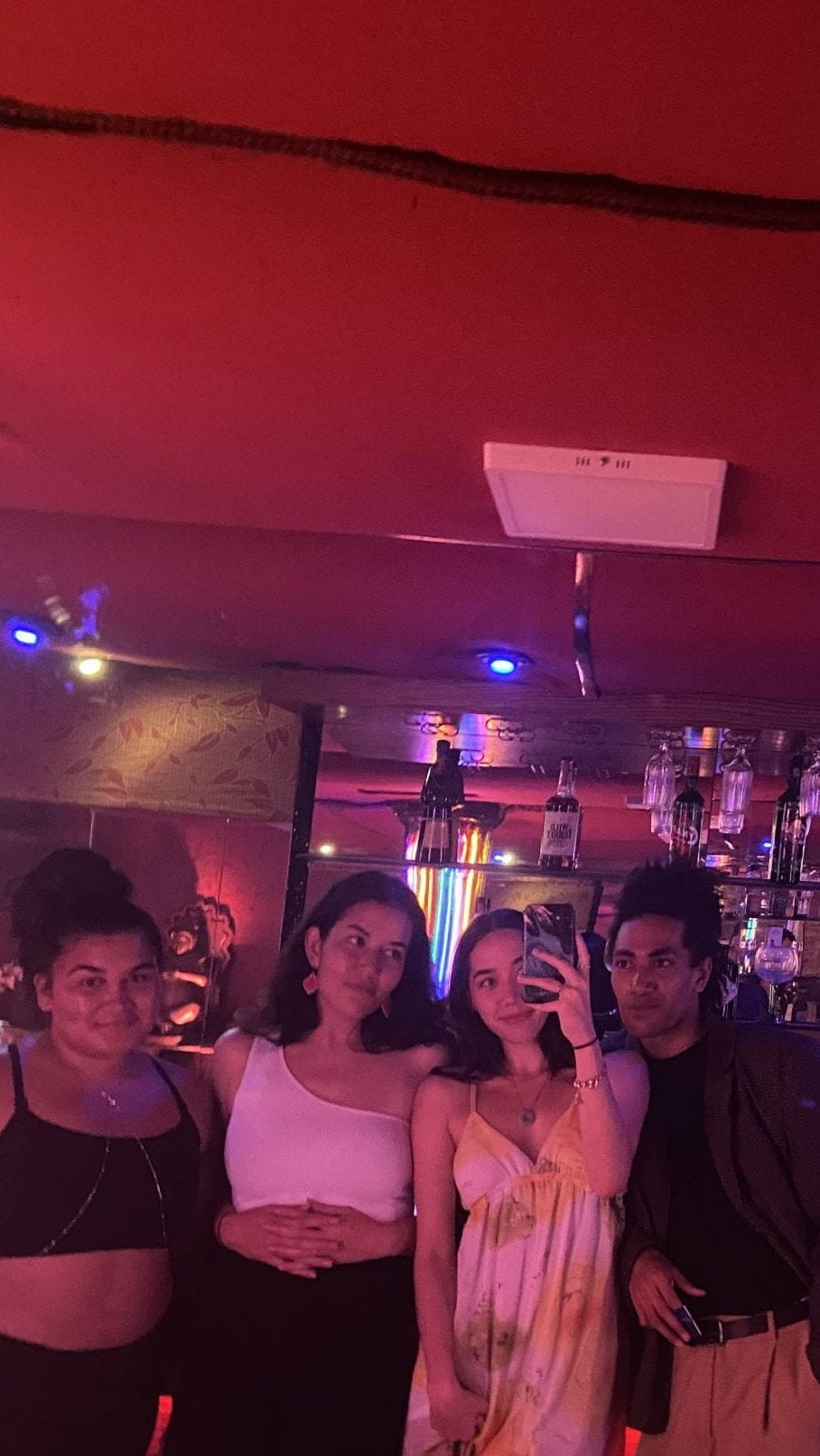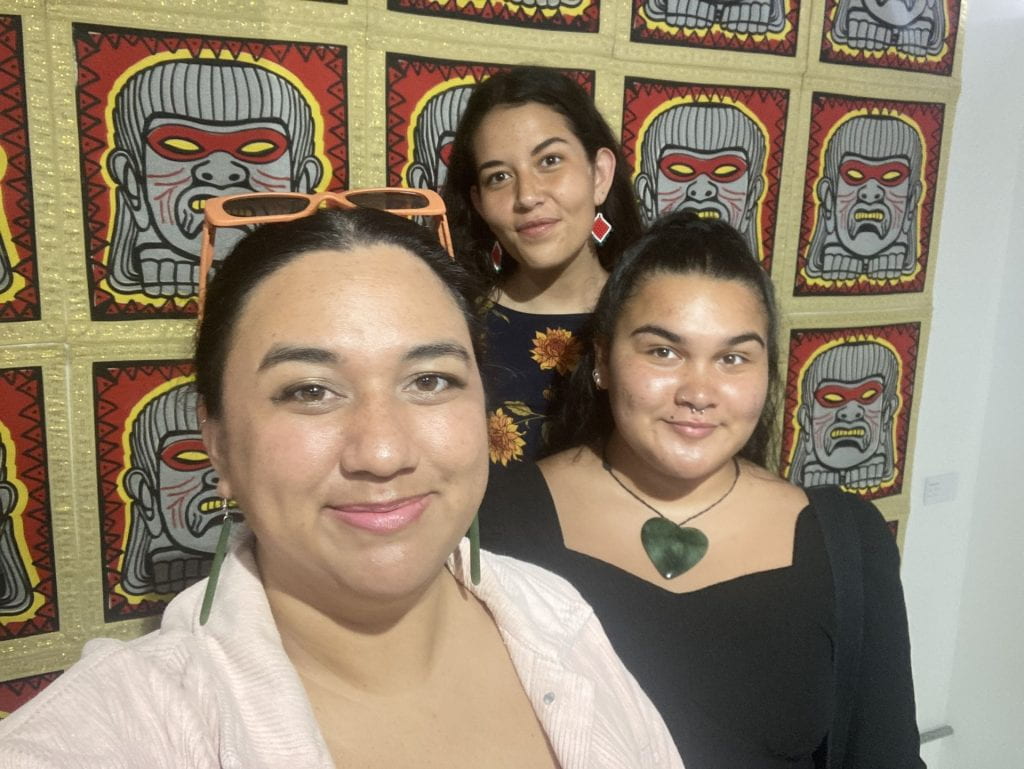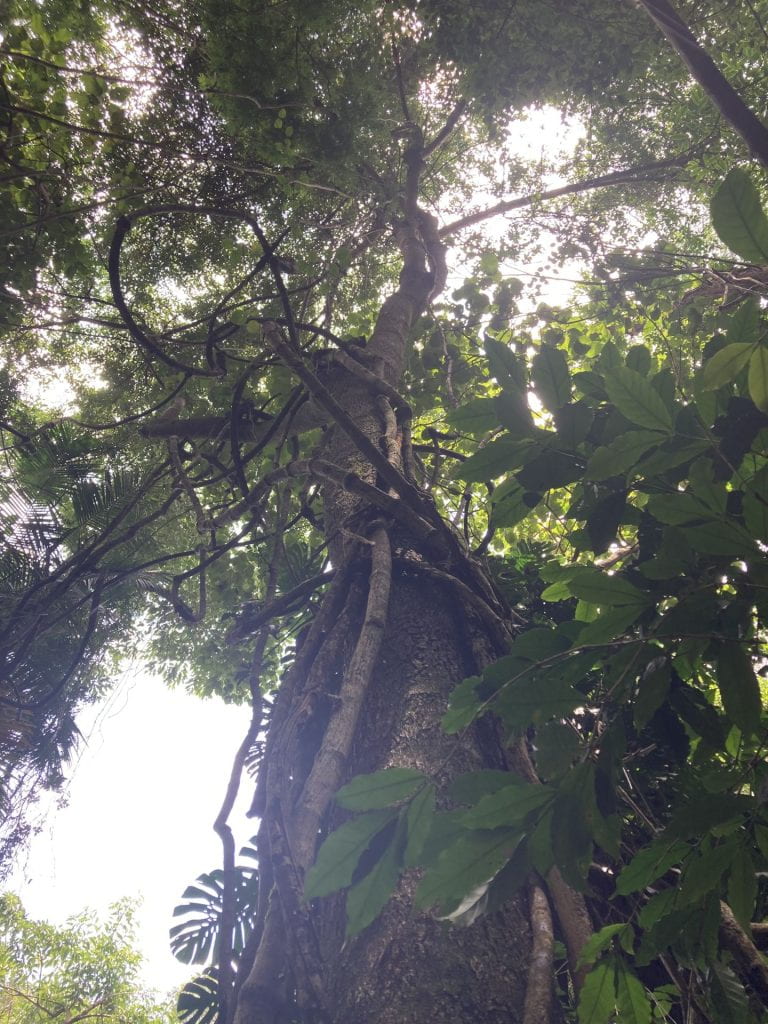Hoki mai whenua, hoki mai moana
This trip has so far transformed my understanding of what it means to reclaim land and story. Beyond the legal reclamation of land through demarcation in Brazil, the reclamation of knowledge and knowledge expression practices are something I have leaned into over the past two weeks. In Ubatuba, we visited Gaiato, a programme facilitating creative expression opportunities for marginalised young people. This kaupapa really touched my heart. As someone also working in the youth development space, I love how teaching creativity can empower and be a tool for mana-enhancing connection. The rangatahi explore circus, music and other artistic workshops, while mothers are given space and resources to upskill.

Seeing young indigenous people here stand in their mana, take pride in their stories, and speak their truth has been incredible. Upon returning to São Paulo, we visited the University of São Paulo and met with indigenous students Leandro and Natan. The pride they take in their indigenous whakapapa, they speak with their ancestors’ hands on their backs, urging them on. It was beautiful to share such a sacred space with them.
‘…we say we have the colours of the earth in our skin, that’s why it [skin] varies…’
Leandro, USP Indigenous Psychology masters student and indigenous advocate
At home, I feel anxious leaning into the practices and languages of my ancestors through fear of unworthiness. There’s a lot of mamae that I hold in that space – so it’s been affirming to see other people on the trip step into novel spaces with bold bravery. Together, for every time we feel the heaviness of the injustices faced by indigenous people at the hands of the coloniser, we also ensure we celebrate indigenous joy. As a rōpū, we’ve connected through karaoke, late-night conversations about our positionalities, indigenous aspirations and everything in between. We’ve swum in the waters of the Atlantic Ocean, learnt Quilombos dance, and shared kai and culture in ways that bring us closer. Ways that unite us in the fight to protect indigenous rights, histories, and, importantly, indigenous joy.


Visiting the Landless Workers Movement was a particularly special day for me. A lot of the grassroots discourse we shared aligned with my own community aspirations. I met Marilia, one of the women of the movement, and with my fragmented Portuguese and her hand gestures, I followed her around the community. Even though I couldn’t understand everything she said, her heart for land reclamation, her community, and their mission were clear. She worked as a tutor at the community school, working to empower marginalised youth to attend University. I felt proud to give the mihi to the community and (tried) to do so in Portuguese!
As our rōpū have dug deeper into the experiences of indigenous people here, we’ve also been reminded that every indigenous narrative can be traced back to the natural environment. While colonisers treat land as a commodity to extract, burn, and abuse, indigeneity calls the environment and self inseparable

the white man with the match
burns without thinking
tells the river
to stop bleeding brown
tells prayer house clay
to stop cracking
tells the cliffs
to stop throwing themselves into the sea
as if chainsaws create a chorus
our descendants would want to sing
“If the forest had feet it would tell you when it would run…”
Uru-eu-wau-wau activist
